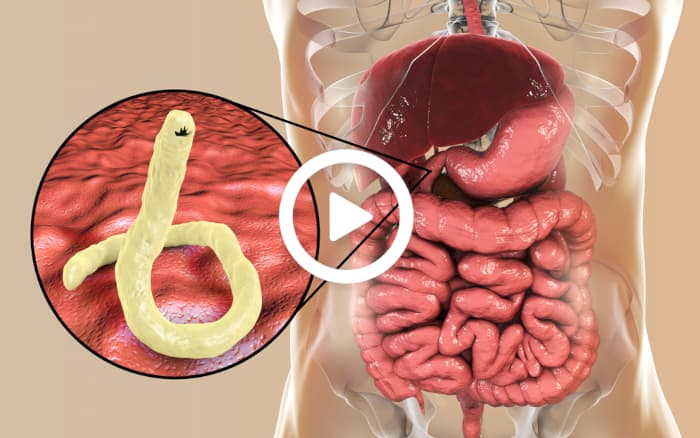How to Lower Insulin Levels to Reverse Insulin Resistance and Prediabetes (4 Step Plan)
In this guide, we delve into a practical approach to tackling insulin resistance by focusing on diet, lifestyle changes, and exercise. This plan aims to reverse the downward spiral leading to pre-diabetes and metabolic issues.
Insulin resistance is a condition heavily influenced by diet and lifestyle—an aspect that fortunately makes it reversible by altering these very elements. Key culprits include high carbohydrate consumption and lack of physical activity.
Carbohydrates play a significant role in managing blood sugar levels. The art lies in consuming them wisely rather than eliminating them. When planning meals:
- Avoid eating carbs alone. Pair them with proteins and fats to slow sugar absorption.
- Schedule your carb intake around exercise to reduce blood sugar spikes.
- Consider supplements like berberine or chromium to enhance insulin sensitivity.
- Maintain a consistent sleep schedule.
- Get natural sunlight exposure in the mornings to recalibrate your body’s rhythm.
- Limit exposure to artificial light post-sunset to preserve melatonin levels.
Constant snacking leads to constant high insulin levels. Instead, make each meal filling and do away with unnecessary snacks by focusing on protein-rich meals to curb hunger.
- Include at least 30 grams of high-quality protein per meal to keep satiation levels in check.
Resistance training increases muscle glucose storage. Activities ranging from body-weight exercises to light weightlifting can significantly help. Consider integrating low-impact activities like walking for additional benefits.
From Around The Web
Wellness Inbox is a blog & weekly newsletter that curates trending news and products related to health and wellness from around the web. We also gather content from various sources, including leading health professionals, and deliver it directly to you.
Please note that we may receive compensation if you purchase any products featured in our newsletter. Wellness Inbox is not affiliated with, nor does it endorse, any health professionals whose content may appear in our newsletter. The information provided is for general informational purposes only and should not be considered medical advice.
The information provided is not intended to replace professional medical advice, diagnosis, or treatment. All content, including text, graphics, images, and information available is for general informational purposes only. We do not guarantee the accuracy or completeness of any information presented and assume no liability for any errors or omissions. The content is subject to change without notice. We encourage you to verify any information with other reliable sources and consult your physician regarding any medical conditions or treatments.







